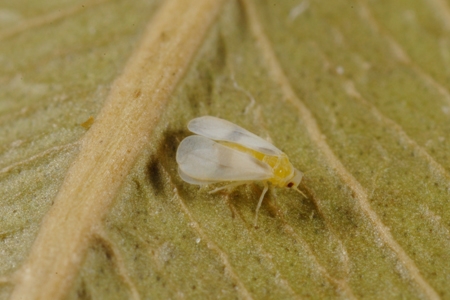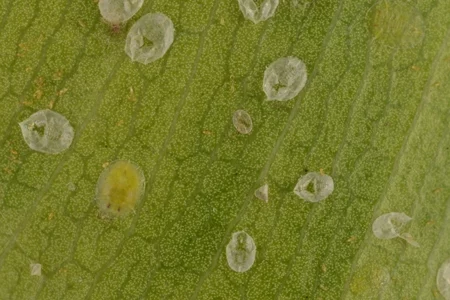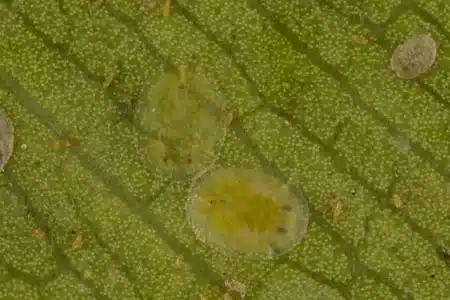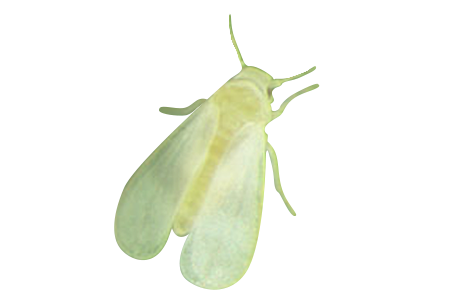Active Seasons



Appearance and Size Facts
- A relatively new pest was reported attacking ficus trees and hedges in South Florida
- Also known as the Ficus Whitefly and new continental United States record
- Small, winged insects that belong to the insect order Hemiptera, which also includes aphids, scales, and mealybugs
- Typically feed on the underside of leaves with their needle-like mouthparts
- Can seriously injure host plants by sucking juices from them causing wilting, yellowing, stunting, leaf drop, or even death

Behavior and Habitat of Fig Whiteflies
The biology of the fig whitefly is not well-known, however, it is probably similar to related species in South Florida. Eggs which are usually laid on the underside of leaves hatch into a crawler stage. The crawler wanders around the leaf until they begin to feed. From this point until they emerge as adults, they are immobile and remain in the same place on the plant. These feeding, non-mobile stages (nymphs) are usually oval, flat, and simple in appearance. The pupae have bright red eyes, a striking characteristic of this species of whitefly.

Signs of Infestation of Fig Whiteflies
The leaves of ficus hedges infested with whiteflies begin to turn yellow before the leaves are dropped from the plant. Ficus trees without their leaves are one of the most obvious symptoms of a whitefly infestation. This whitefly has been most commonly found infesting weeping fig (Ficus benjamina) but has also been seen on the strangler fig (F. aurea), Cuban laurel (F. microcarpa), fiddle-leaf fig (F. lyrata) and banana-leaf fig (F. macllandii). This whitefly may eventually be found on other species of ficus. Azalea has also been listed as a host plant.
If the foliage is disturbed, the small, white, gnat-like adult whiteflies can be seen flying from the foliage. The adult whitefly resembles a very small moth with a yellow body and white wings, with a faint grey band in the middle of the wings. Immature stages (eggs and nymphs) can be found primarily on the underside of the leaves. Prior to adult emergence, the nymphs are tan to light green discs with red eyes. The underside of infested leaves look like they are dotted with small, silver or white spots which are actually the empty skin of the pupae after the adult emerges.

Tips for Prevention of Fig Whiteflies
Monitor your ficus plants for early signs of an infestation because it will be easier to manage the pest before it builds to high populations and causes major damage. Also, if infested trees or hedges are trimmed, either leave the clippings on the property or if removing, bag the clippings to reduce the chance of spreading the insects. If clippings are being transported in a truck, be sure to either bag them or cover these clippings with a tarp.





